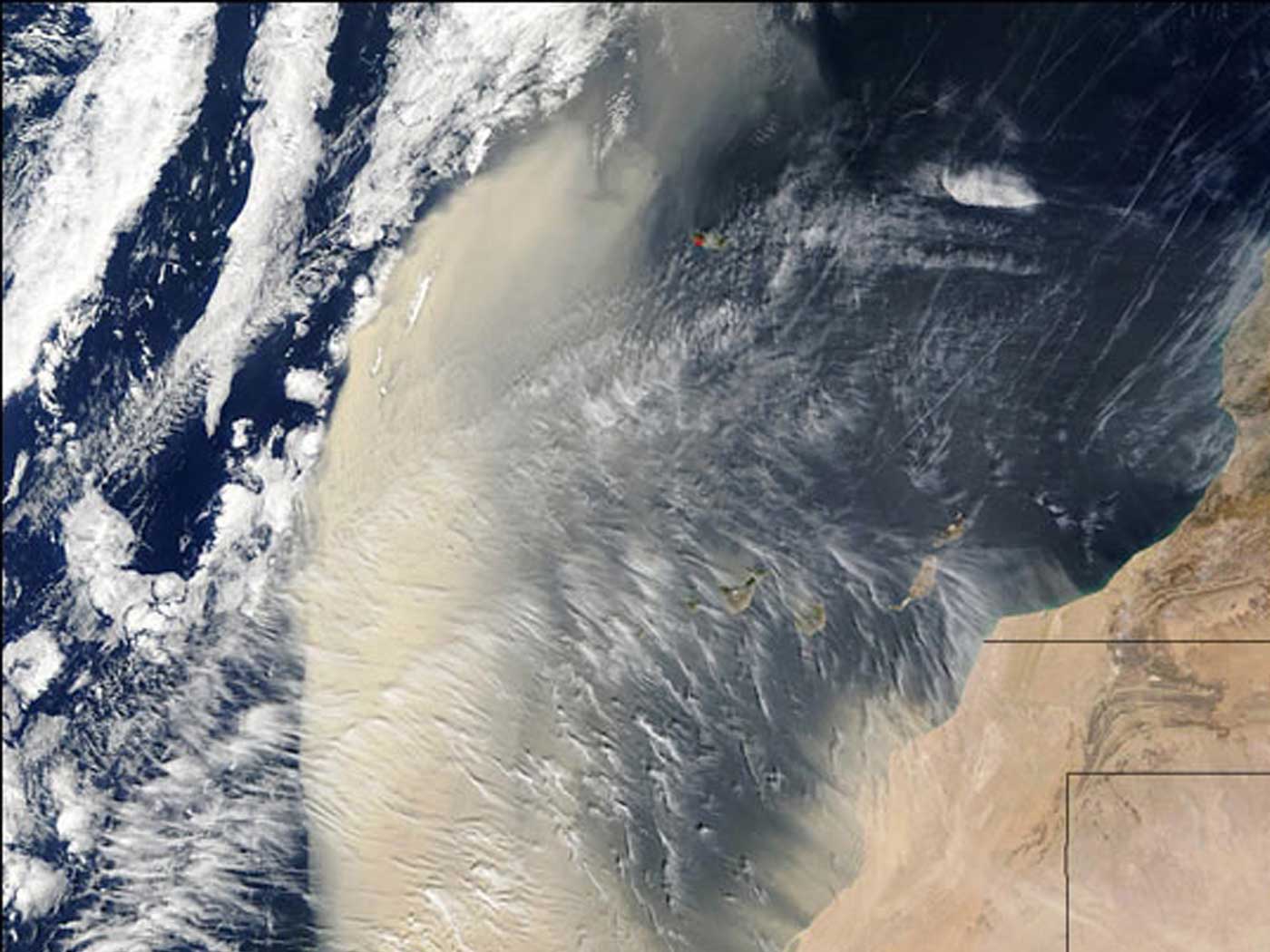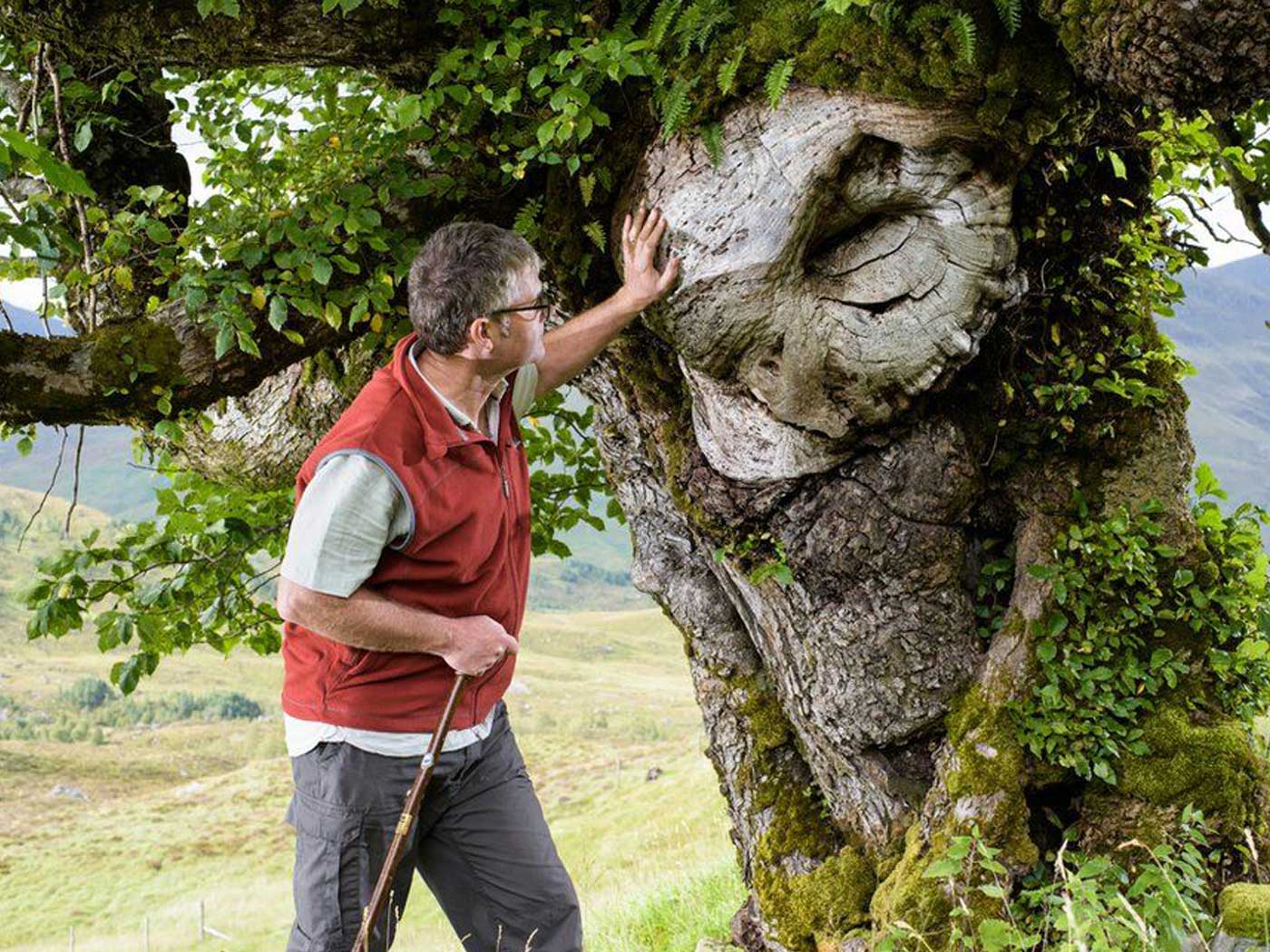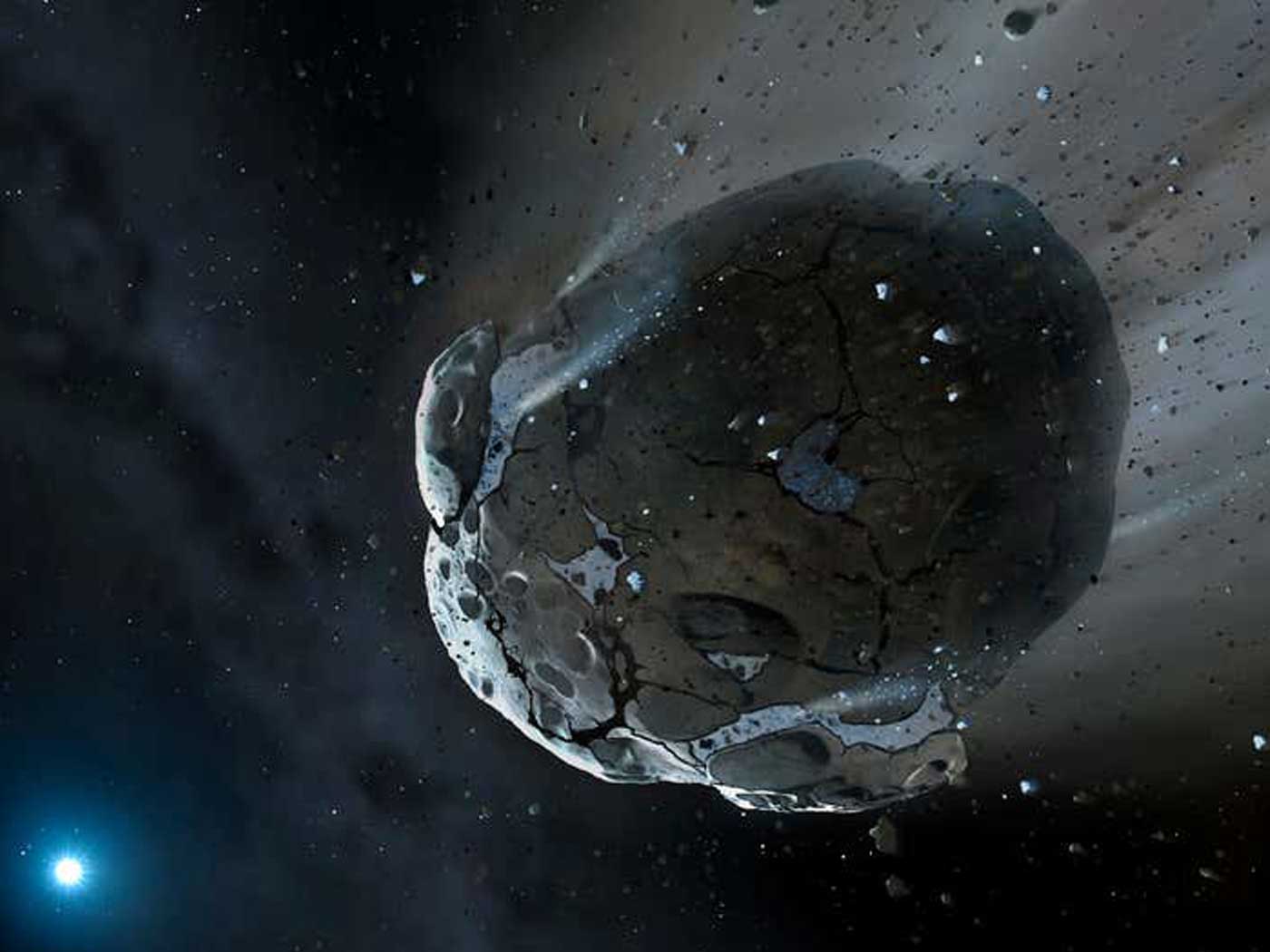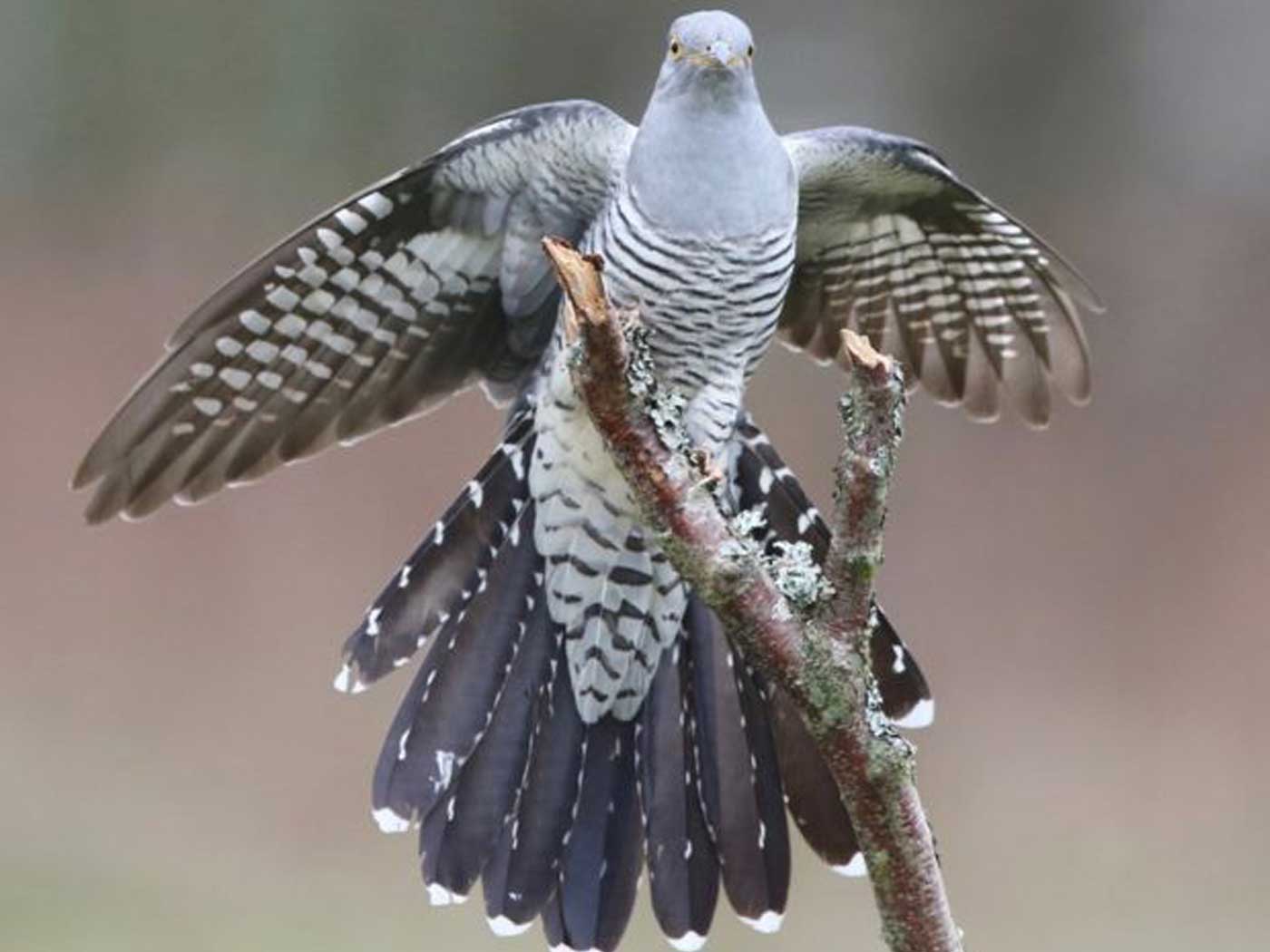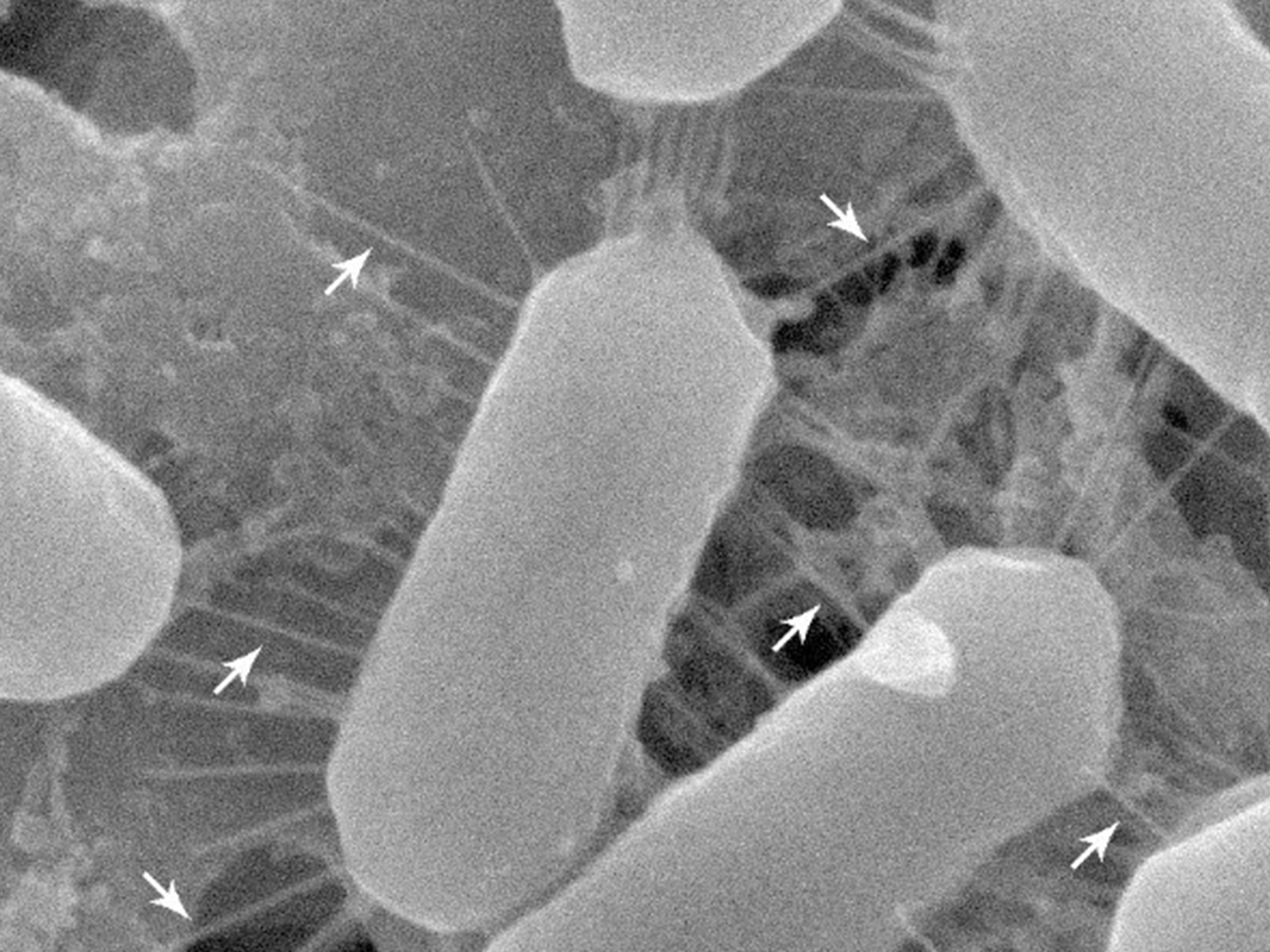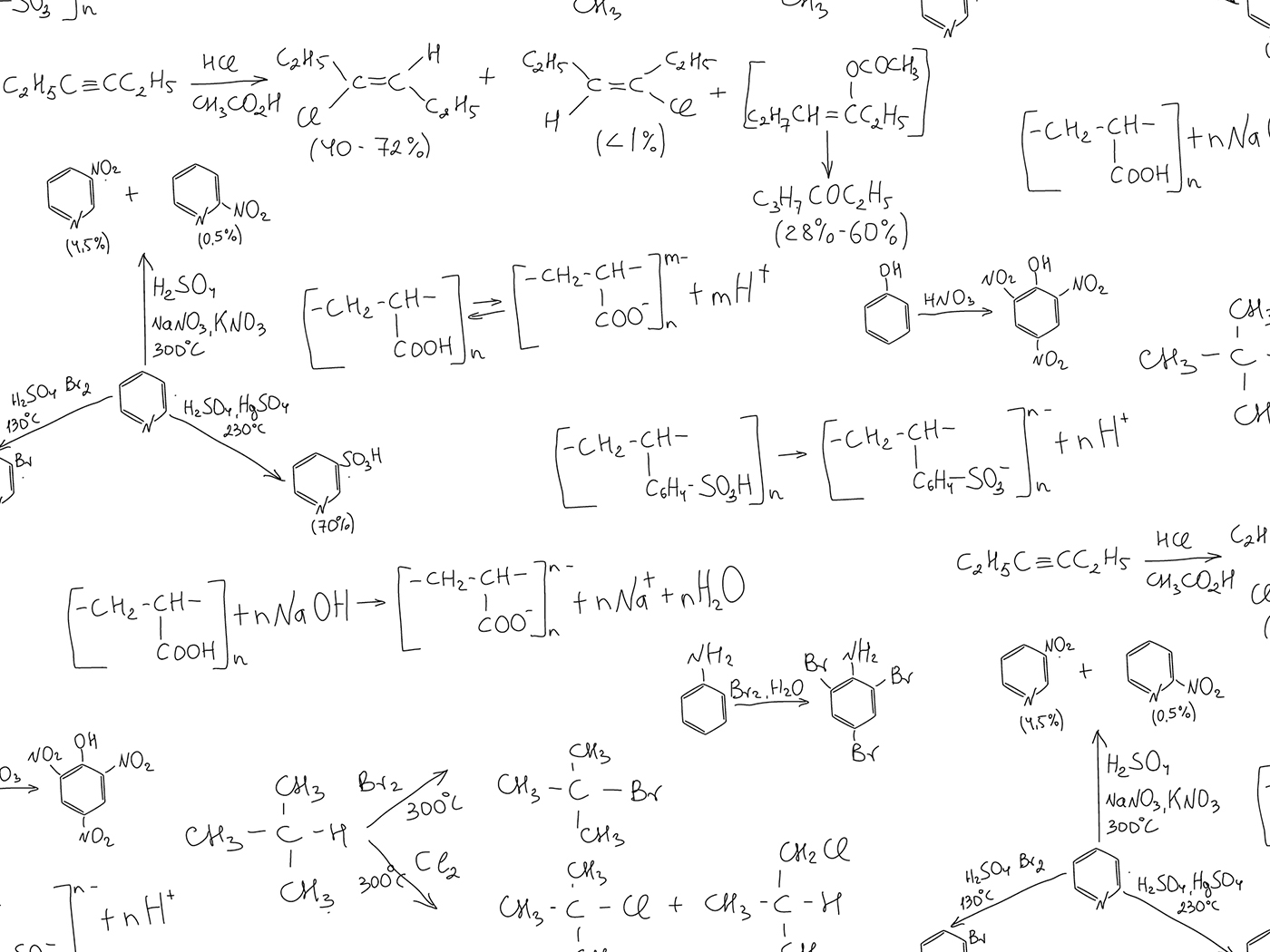About a month ago, some experts suggested that the coronavirus shutdown presented an opportunity to test the assumption that humans are responsible for increasing amounts of atmospheric carbon dioxide (CO2).1 If humans, rather than natural CO2 sources, are responsible for this increase, then it is possible that the decrease in industrial activity over the past few months might result in a noticeable decrease in atmospheric concentrations of CO2. A noticeable drop in atmospheric CO2 would confirm that we humans are responsible for the increase. However, the reverse is not necessarily true: We humans might still be responsible for the CO2 increase, even if the decrease is too small to be noticed.
This possible observed decrease in atmospheric CO2 has not occurred. This short-term decrease just wasn’t large enough or long enough to be noticeable against short-term variations in CO2 emissions.2
By the way, this is an opportunity to address a question that frequently comes up in the global warming debate. Natural sources put far more CO2 into the atmosphere than do human sources.2 Since this is the case, then isn’t it obvious that natural, rather than human, sources must be responsible for the increase in atmospheric CO2?
Although it’s easy to see why someone might think so, this is not the case. The reason is that other factors also remove carbon dioxide from the atmosphere. It is the difference between the amount added and the amount removed that gives the net increase in atmospheric carbon dioxide. Although the amount of CO2 humans add is relatively small compared to the amount emitted by natural sources, it contributes to this imbalance that results in a net increase in the amount of atmospheric carbon dioxide.
However, one should remember that the “heart” of the global warming debate is not whether or not the amount of atmospheric carbon dioxide is increasing, or even whether or not we humans are responsible for this increase. The core issue in this debate is equilibrium climate sensitivity, the global average temperature increase3 after the Earth has had time to “settle down” and adjust to this initial change.4,5 Even a doubling of atmospheric carbon dioxide should theoretically cause only an initial modest increase in global average surface temperature. The real question is: What happens after this? How does the climate system eventually respond to this change? Positive feedbacks can amplify this initial temperature increase, and negative feedbacks can attenuate it. The real issue is whether equilibrium climate sensitivity is high or low. Those concerned about global warming think climate sensitivity is high, whereas those who are less concerned think that it is low.
If one ignores dubious science such as the infamous “hockey stick” temperature graph, then there are really only two main arguments for high climate sensitivity.6 The first is the result of climate computer models that predict out-of-control warming. However, these models have consistently overestimated past amounts of warming. The second argument for high climate sensitivity is the Milankovitch ice age theory. Yet original ICR research has shown that evidence for this theory is shaky, at best.7 And creation scientists have a far better explanation for the Ice Age.8
So the recent coronavirus economic shutdown has not falsified the idea that humans are responsible for increasing atmospheric carbon dioxide. But neither is this increase a justification for climate alarmism, either.
References
1. Hebert, J. 2020. Shutdown: Chance to Test Climate Change Assumption. Creation Science Update. Posted on ICR.org May 2, 2020, accessed June 2, 2020.
2. Spencer, R. Why the Current Economic Slowdown Won’t Show Up in The Atmospheric CO2 Record. Dr. Roy Spencer: Global Warming. Posted on drroyspencer.com May 15, 2020, accessed June 2, 2020.
3. More precisely, this temperature is the “near-surface” air temperature.
4. Biello, D. The Most Important Number in Climate Change: Just how sensitive is Earth’s climate to increasing concentrations of carbon dioxide? Scientific American. Posted on scientificamerican.com November 30, 2015, accessed June 2, 2020.
5. The time for the near-surface air temperature to adjust to this initial doubling of carbon dioxide is thought to be centuries or longer.
6. Hebert, J. 2019. The Climate Change Conflict: Keeping Cool Over Global Warming. Dallas, TX: Institute for Creation Research.
7. Hebert, J. Physics Today Article Ignores Monster Milankovitch Problem. Creation Science Update. Posted on ICR.org May 24, 2020, accessed June 2, 2020.
8. Hebert, J. 2018. The Bible Best Explains the Ice Age. Acts & Facts. 47 (11).
*Dr. Jake Hebert is Research Associate at the Institute for Creation Research and earned his Ph.D. in physics from the University of Texas at Dallas.

Testing a Climate Change Assumption: Update
The Latest
CREATION PODCAST
Uncovering the Secrets of Earth's Oceans | The Creation Podcast:...
The oceans cover most of our planet's surface. Uniformitarians claim the oceans are nearly 4 billion years old, but the evidence says otherwise.
Host...
A Giant Ichthyosaur: Largest Ever Marine Reptile?
Paleontologists have discovered portions of a giant ichthyosaur’s lower jawbone on Blue Anchor Beach at the southern entrance to the United Kingdom’s...
New Titanosaur Species Discovered in Uruguay and Argentina
The pre-Flood world had some truly massive dinosaurs, and the largest of them were in the group Sauropodomorpha.1 Within this group were...
May 2024 ICR Wallpaper
"Have I not commanded you? Be strong and of good courage; do not be afraid, nor be dismayed, for the LORD your God is with you wherever you...
Was a Key to Photosynthesis Evolution Discovered?
Northern Canadian lakes were the source of recently discovered unique photosynthetic bacteria of the phylum Chloroflexota. After years of culturing,...
CREATION PODCAST
Four Moons That Indicate a Young Universe | The Creation Podcast:...
Earth has one moon, but Jupiter has many! What can we learn from our celestial neighbor's satellites? Do they indicate youth?
Host...
Creation Kids: Seeds and Sprouts
by Renée Dusseau and Susan Windsor*
You're never too young to be a creation scientist and explore our Creator's world. Kids, discover...
APOLOGETICS
Christ’s Creativity in Canyon Critters
Grand Canyon animals display many marvelous traits and behaviors as they live life in that harsh habitat. These canyon creatures succeed thanks to the...
Standing Against False Science
I’m Michael Stamp, and I’m in my 12th year as an editor at the Institute for Creation Research. It’s always an encouragement to see...




